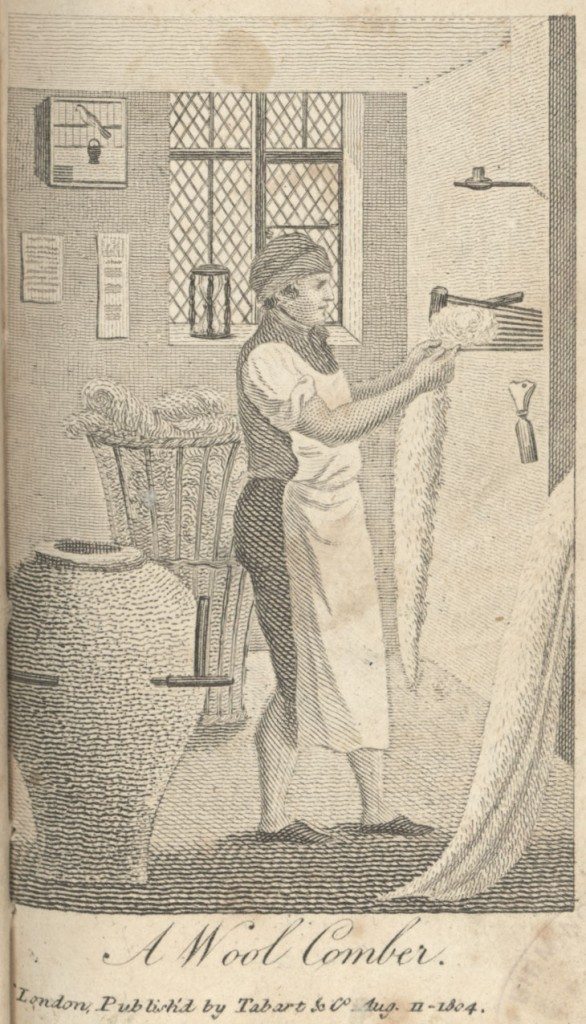Handloom Weaving
Image: Carpet Weaver. N Whittock et al, The Complete Book of Trades (London, Marshall and Co., 1837). The image shows the type of handloom for carpet making which was used before the advent of technological change and the factory system
Image from: Science, Technology and Management, Birmingham Central Library
Carpet weaving was originally conducted in the homes of independent weavers, who employed either apprentices or draw-boys and girls to help them. It was possible to weave carpets in several smaller pieces and therefore weaving could take place both in the smaller homes of the individual weavers as well as in larger factory buildings. Factory owners also wished to retain control over the patterns, quality control and any petty pilfering, which was a common problem.
Conditions were hard for all except the factory owners, who moved into large homes on the edge of the town, so fostering discontent with the workers,6 which came to a head in the strike of 1828.
6 See Gilbert, N, Ridiculous Refinement for a fuller account of these houses.
« Previous in this sectionNext in this section »Continue browsing this section
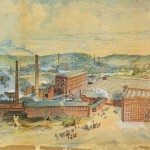 Made in Kidderminster: the History of the Carpet Industry
Made in Kidderminster: the History of the Carpet Industry
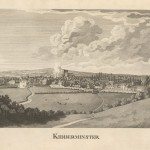 The Origins of Carpet Making in Kidderminster
The Origins of Carpet Making in Kidderminster
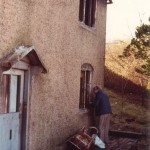 The Origins of Carpet Making in Kidderminster
The Origins of Carpet Making in Kidderminster
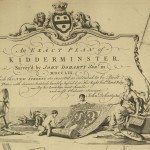 The Origins of Carpet Making in Kidderminster
The Origins of Carpet Making in Kidderminster
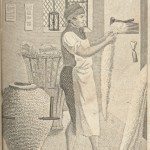 Handloom Weaving
Handloom Weaving
 The Factory System
The Factory System
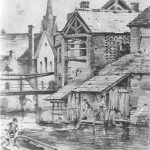 Washing and Winding
Washing and Winding
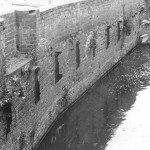 Washing and Winding
Washing and Winding
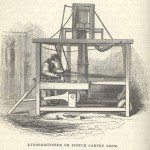 Technological Changes: the Scotch Loom
Technological Changes: the Scotch Loom
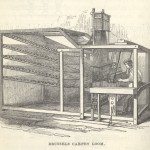 Technological Changes: the Brussels Loom
Technological Changes: the Brussels Loom
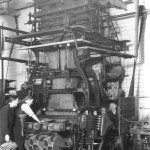 Technological Changes: the Jacquard Loom
Technological Changes: the Jacquard Loom
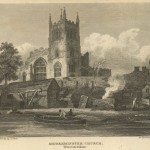 The Kidderminster Carpet Industry and the Wider World
The Kidderminster Carpet Industry and the Wider World
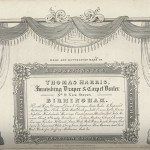 The Kidderminster Carpet Industry and the Wider World
The Kidderminster Carpet Industry and the Wider World
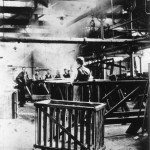 Working Conditions in Kidderminster Carpet Factories
Working Conditions in Kidderminster Carpet Factories
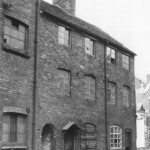 The Great Strike of 1828
The Great Strike of 1828
 The Aftermath of the Great Strike of 1828
The Aftermath of the Great Strike of 1828
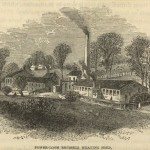 Kidderminster in the mid 19th Century
Kidderminster in the mid 19th Century
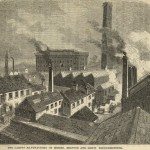 Kidderminster: the Factory Town
Kidderminster: the Factory Town



